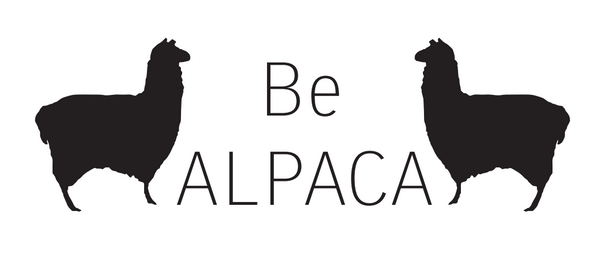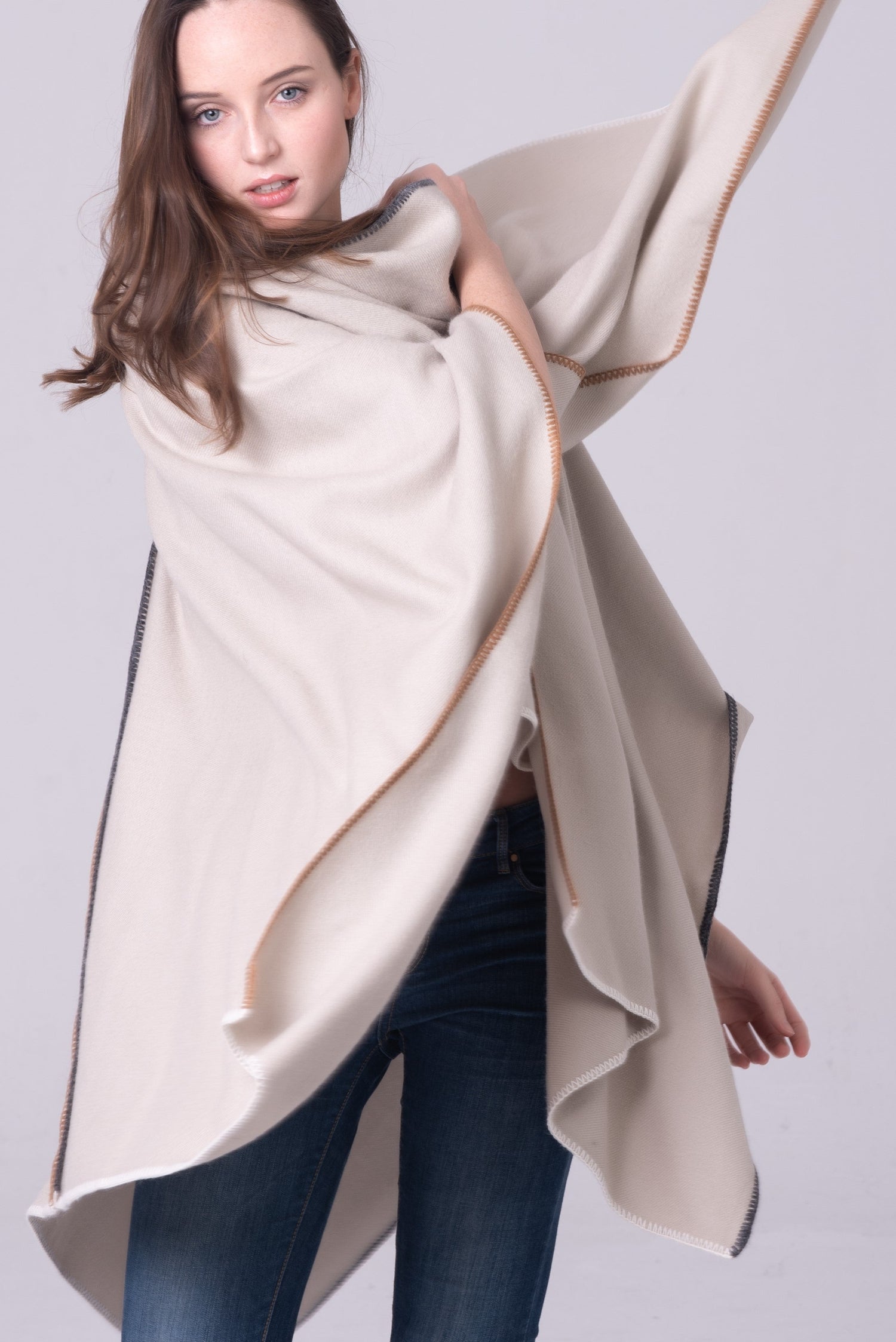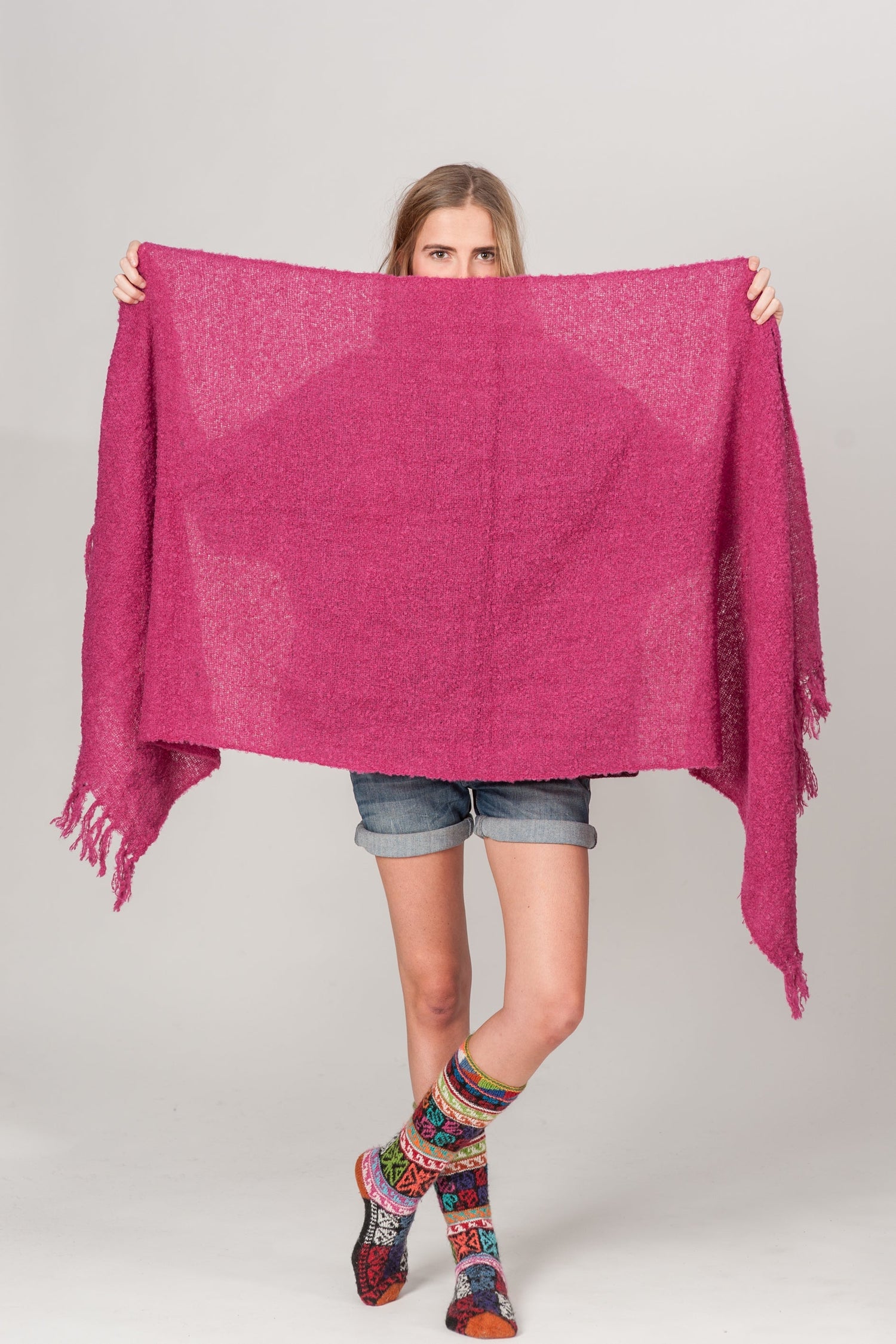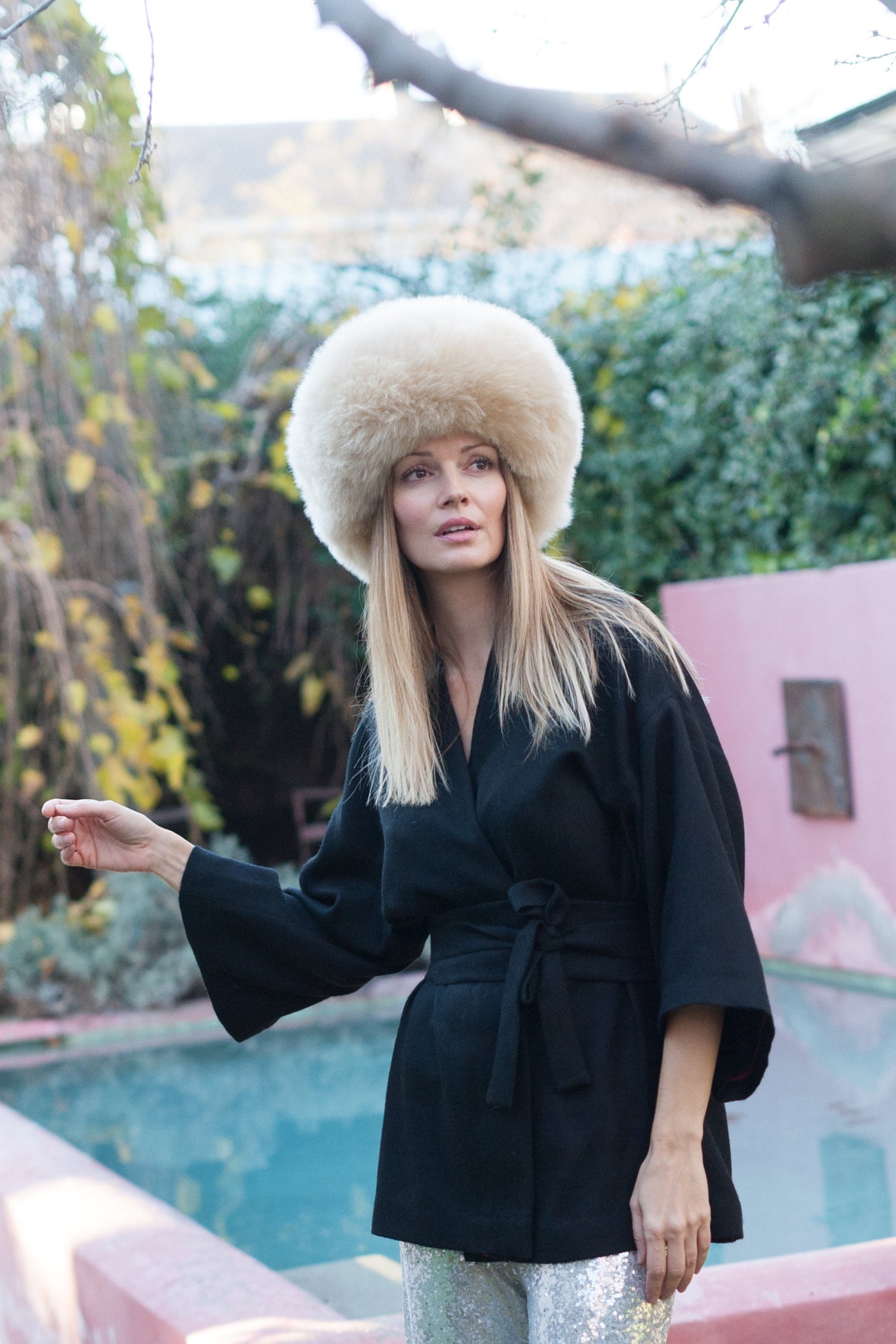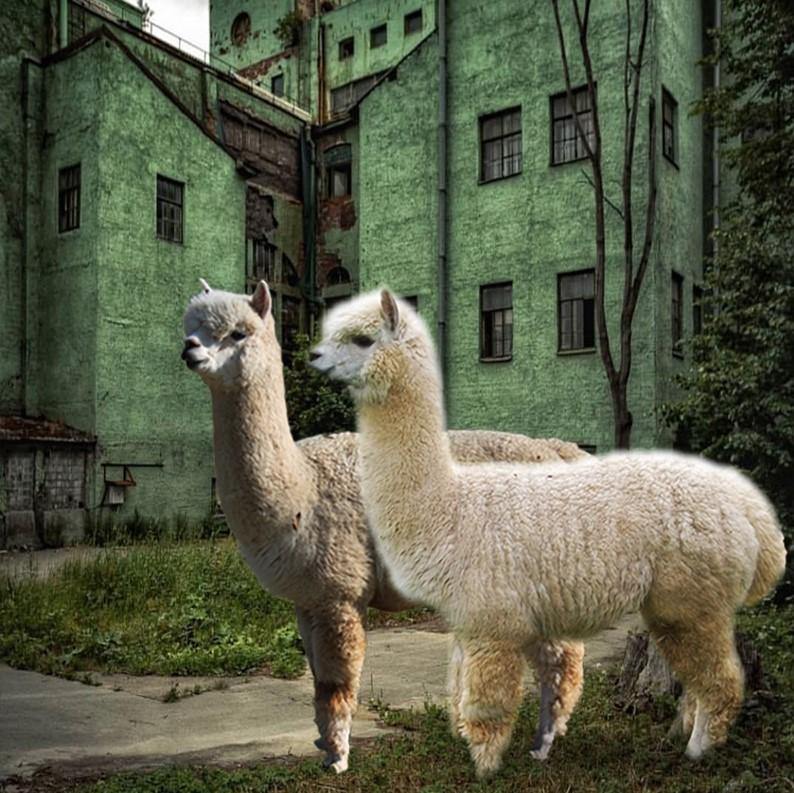Ingrained into the very culture of the Andes is the Alpaca. The animal itself signifies something more to the local people, and even today, the production and sale of Alpaca wool supports their livelihoods.
We’re going to look at the production process of Alpaca wool and the region it comes from. We’re from Peru, so we already know a lot about it, and over our years in the industry we spoken to many of the locals, giving us great insight on the farming and production of Alpaca wool. We like to share, so in this post we’ll give you an idea of how Alpaca wool is processed, and really, whether is it a sustainable and ecological product.
The ancestry and the history of the Alpaca
The Alpaca is relatively modern creature. Genetically selected over recent centuries to provide more wool. Yet it’s main ancestor, the Vicuña, lives on. This gives us a direct descendant of the Alpaca with which to draw comparison, and we can see that the Vicuña has been bred with various other animals, resulting in the Alpaca. It seems obvious as the similarities between an Alpaca and a Camel are apparent.
Selecting the best Alpaca for the density and amount of the fibre they produce has now made the Alpaca more efficient and produce a greater yield year on year. The ancient herds that have undergone this practice for generations produce the finest and softest Alpaca wool in the world.
The Andes – The Alpaca’s back yard
Alpacas come from a unique and very different environment. The cold high mountains provide an atmosphere and a terrain that gives the Alpaca wool its unique qualities. The lack of oxygen means there a fewer predators, and really the biodiversity of these mountains is low, so it’s easy to graze all day, but in these cold high places you need to keep warm. How? Well why not with an Alpaca wool coat!
The fleece of an Alpaca is sumptuous; it has to be to protect them from the cold. They output more wool than any other animal and the density of the fibre is what makes it so special. It can be up to 8 times thinner than sheep’s wool, measured at 20 microns (which is 2 ten thousandths of a millimetre!) it is soft, snug, and very warm. And it is this that provides the local herdsman with their main income. Their wool is sold on as a raw product or it is otherwise manufactured in to yarn to be sold as wool.
Is it ecological?
The local native people have lived off the cultivation and sale of alpaca wool for centuries. They have to maintain a sustainable product for their continuing livelihoods, so they have developed methods over the centuries to get the best output from the animals, both in farming and shearing techniques.
The Alpaca themselves are low maintenance. They graze upon the pastures on the mountains, and are soft-footed (they don’t have hooves), meaning they cause little damage the ground they graze on.
Alpaca farmers also sell Alpaca leather for hats and gloves. Traditional shoes dating back centuries have been made and worn by Alpaca farmers, and the leather comes from the alpaca that die of natural causes in the cold mountains. In our case, we only source this type of leather and it is a natural way for farmers to earn extra revenue from their herds.
Natural colouring protects the environment
As the Alpaca wool industry grows, there is a greater emphasis on efficiency, and this has led to the use of chemical colouring to take out some of the labour costs and reduce the cost of the dye itself.
However, this has also meant a contamination in the local environment as chemical dyes leak into water sources and can cause widespread pollution.
It has become clear to local farmers that the traditional method of dying Alpaca wool, using naturally occurring dyes that have been used for generations, add value to their product and can help the total return at point of sale.
For end users, the authenticity of naturally dyed Alpaca wool adds the charm of the Andes and helps buyers feel comfortable that they are sustaining both the environment and are further supporting the local people.
Where is Alpaca wool sourced?
Peru is by a long way the most ubiquitous country for the sale of Alpaca wool, with Bolivia in a distant second place at around a fifth of the total production of Peru.
Globalisation has boosted the industry in recent years, and this has led to a solidification of the industry in Peru. The Alpaca wool in its raw state can come from widespread communities, meaning second-party businesses will mediate between the manufacturers and the farmers. These businesses speak the local Quechuan language as well as Spanish. They have a concrete market with suppliers, but they are known to squeeze smaller families and take a bigger profit. Clearly at BeALPACA this something we would like to see changing (which it is), as larger communities are able to learn English and negotiate directly to secure better profits for the farmers.
We also tip our caps to some western co-operations who are directly sourcing Alpaca and providing fair profits for the farmers and giving them an established and concrete revenue stream.
Alpaca are hardy animals that can live in many climates, and are even farmed and bred in the UK. This is leading to growing markets in the USA and Australia which are thought to become international markets of importance towards 2025. The advantage for Peru is the existence of ancient herds that provide the very finest wool, and have undergone centuries of hand selection to produce the world’s best Alpaca; the only cattle that produce wool of less than 20 microns and therefore the softest and most supple wool in the world.
An ecological product, that supports communities in Peru
Like all things in life, there are improvements to be made. The recent attention from Europe and the United States is helping Peruvian farmers to better understand business practices, increase profit, and improve farming techniques. The faster this happens the better it will be for everybody, but for now, rest assured that investment in Alpaca wool is good for communities in Peru, and your toes will thank you too!
